Lenovo has a new Yoga Book: a two-screen tablet hybrid with E Ink
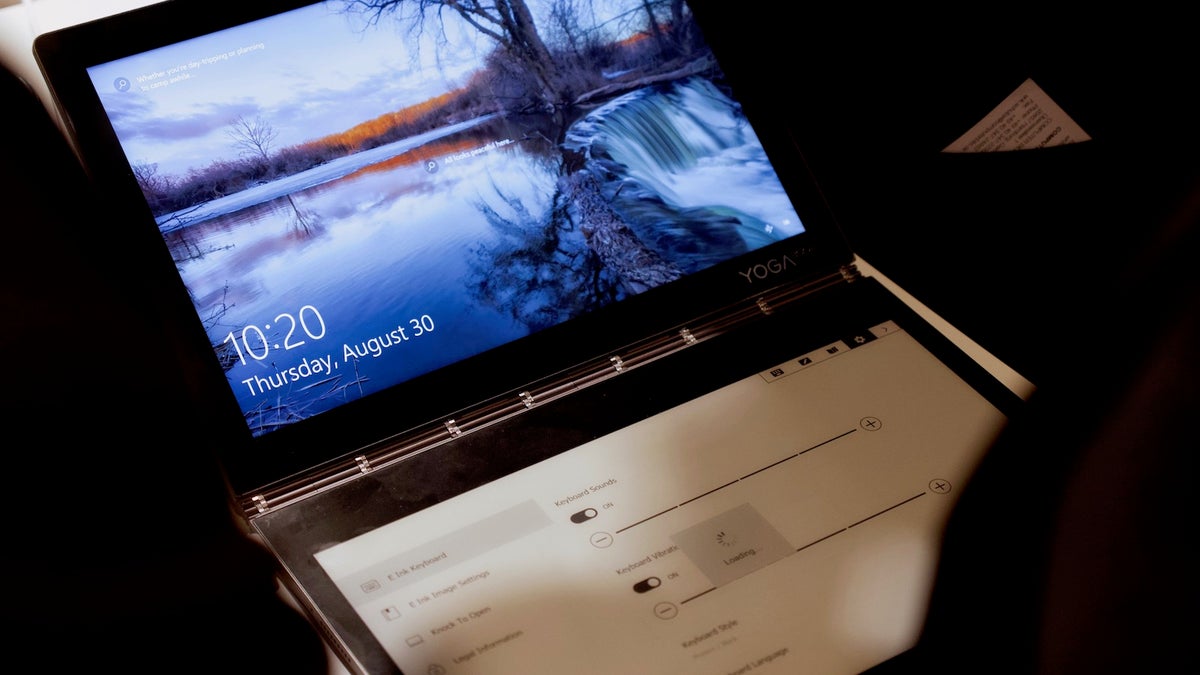
The Lenovo Yoga Book C930 does not quite feel like a mainstream device. It is instead a mixture of features and functionalities that a geek would dream up, a device that some tech enthusiast has conjured from the depths of their imagination...
It was two years ago at IFA 2016 when Lenovo introduced a one-of-kind tablet-laptop 2-in-1 device that grabbed the attention of visitors: the original Lenovo Yoga Book. And now, Lenovo is ready with the evolved successor: the Lenovo Yoga Book C930.
If you can get over the clunky name (C930? Come on, Lenovo!), the new Yoga Book is another interesting hybrid that now knows much better what it wants to be and where it belongs. Lenovo says it was surprised to learn that users of the original Yoga Book used it as a laptop more than 70% of the time and spent a lot less time using it as a tablet, and this realization led it to make the new Yoga Book a much better laptop replacement.

The signature of the Yoga Book is redefined, but it's still in its base: where laptop keyboards usually reside, here you have a screen and not just any type of screen, but an e-ink display that has three functions:
1. it's a keyboard with feedback and with a touchpad
2. it's a drawing board
3. it's an e-reader
Keyboard and typing
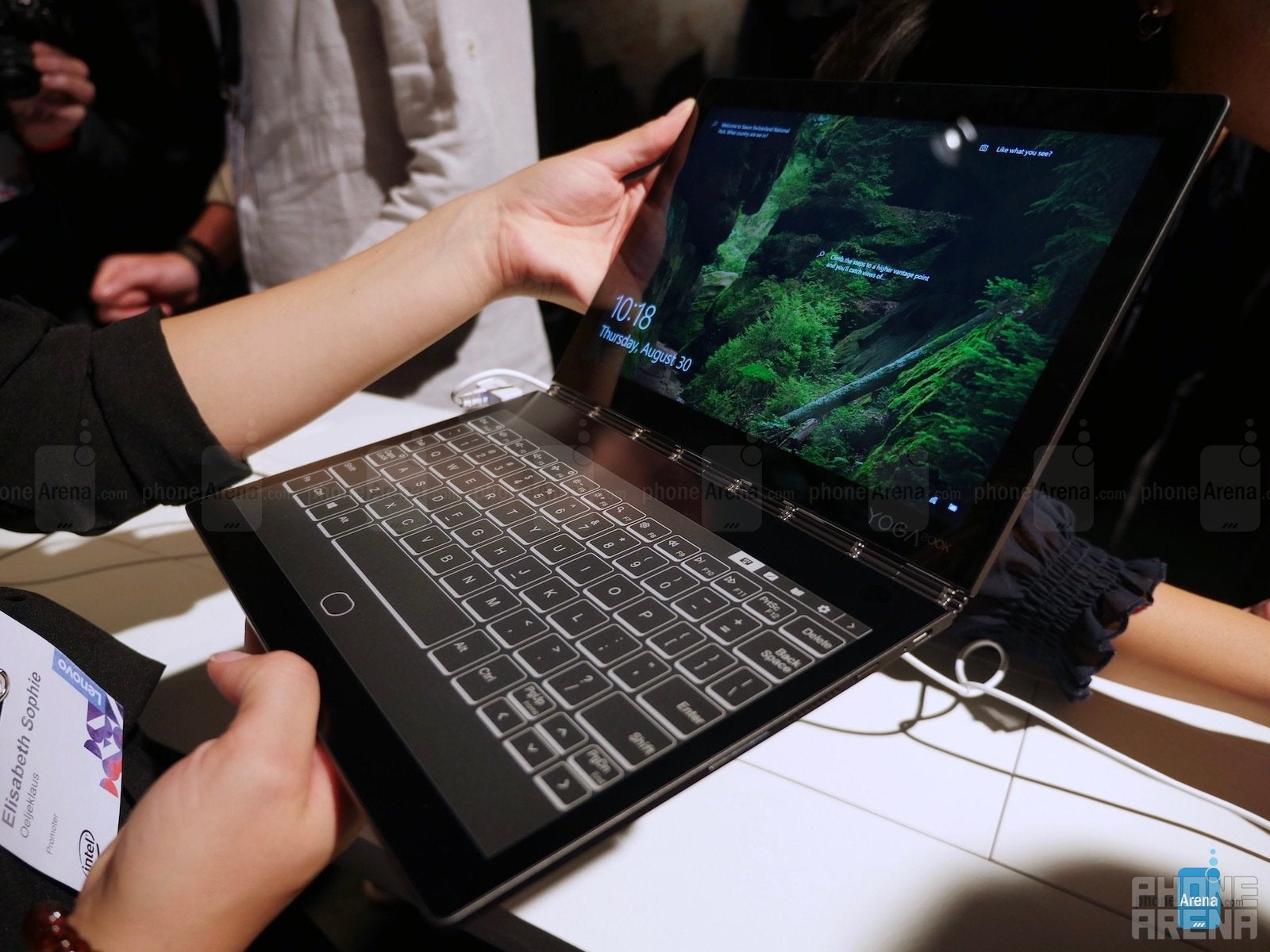
The bread and butter of any laptop is the keyboard and typing experience, and Lenovo knows this. It has done work on the virtual on-screen keyboard so that it is responsive both in a tactile way, but also in a visual way. We tried typing on this keyboard and we did not have high expectations, but it overachieved. No, it's still nowhere nearly as convenient and fast as a regular keyboard, it is surprisingly good for a virtual keyboard. And it comes with one important advantage: it's fully customizable, so if you type in non-English languages, you might find it working better for you with a custom layout.
The touchpad in the bottom is also surprisingly capable. It supports a scrolling gesture with two fingers and you can pinch to zoom in and out, and all of this happens smoothly and nearly instantly.
Artistic Drawing
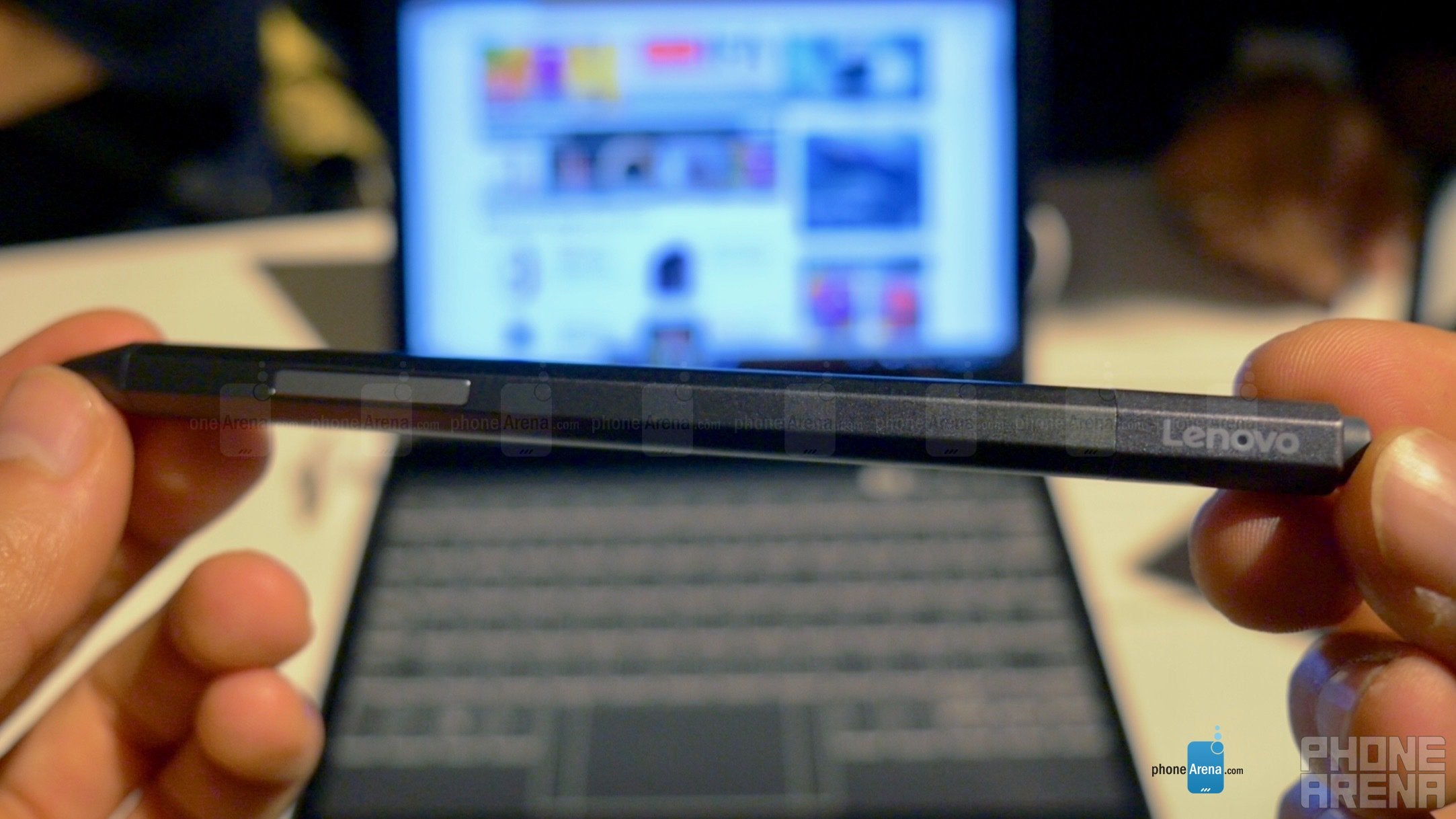
The second function of the base is a drawing board and the good news is that you also get a pen included with the Yoga Book, so you don't have to spend extra money and buy a stylus separately.
There is no way to store the pen inside the Yoga Book, but it does snap magnetically to one side of the tablet, so you can keep things tidy and not lose it. The pen is powered by a standard battery and battery life is measured in the hundreds of hours.
We tried jotting down with the pen and it recognizes pressure, and works mostly as you'd expect. There were a few hickups, but we attribute those to the yet unfinished software on the prototype device that we tested.
An E-book Reader
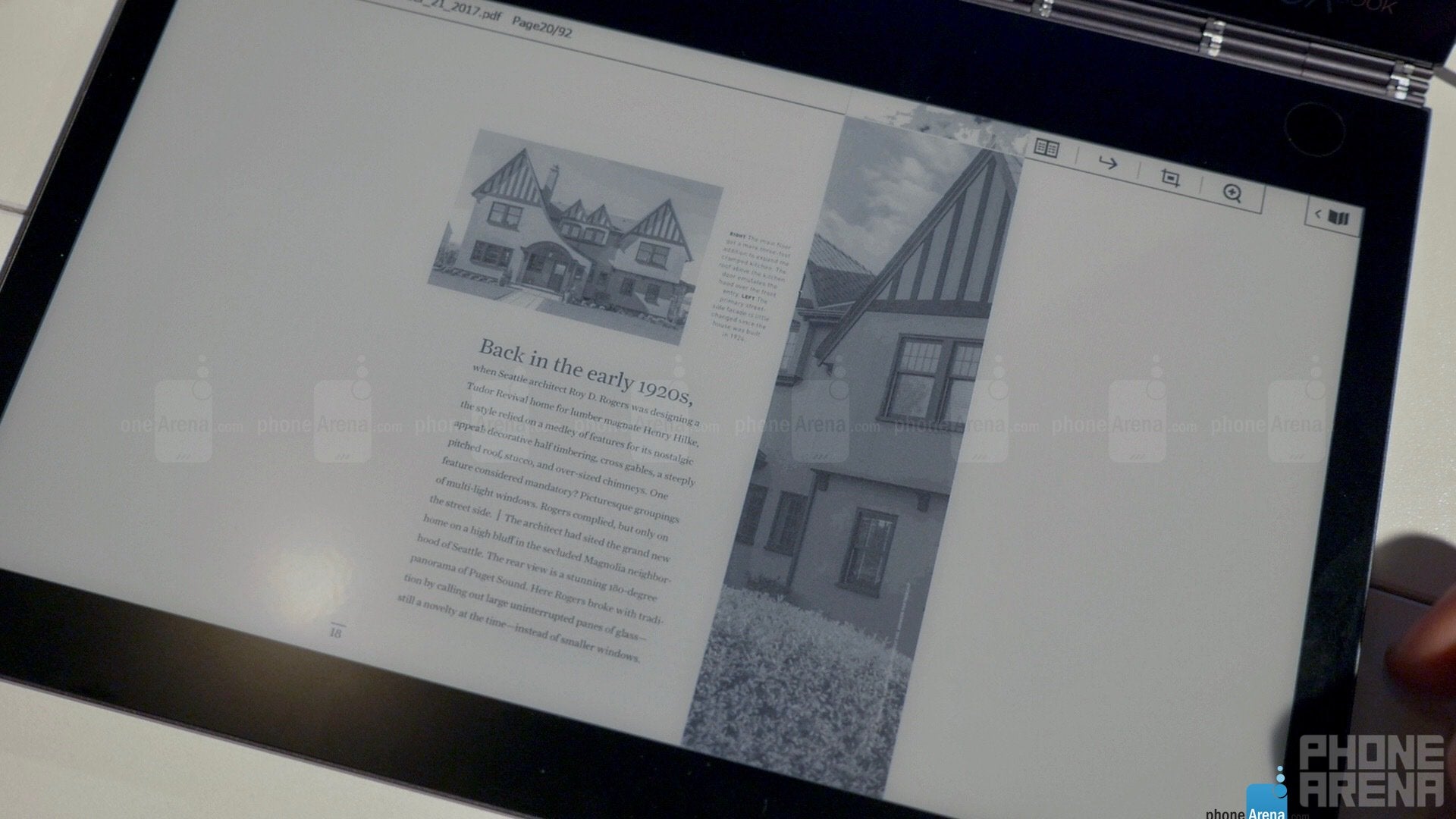
Like all Yoga products, you can flip the screen on the Yoga Book all the way so that it becomes a sort of a tablet, but get this: you can also use the other side which is the e-ink base as a full-fledged e-book reader. Cool!
Reading on a traditional screen can be really tough on the eyes and I know this by my puffy eyes after a long night at work, so we really appreciate having an e-ink screen that puts much less load on the eyes.
Of course, using the Yoga Book as an e-book reader with this screen also means that you get much better battery life as the e-ink screen is very economical.
Glueing it all together: unfinished software?
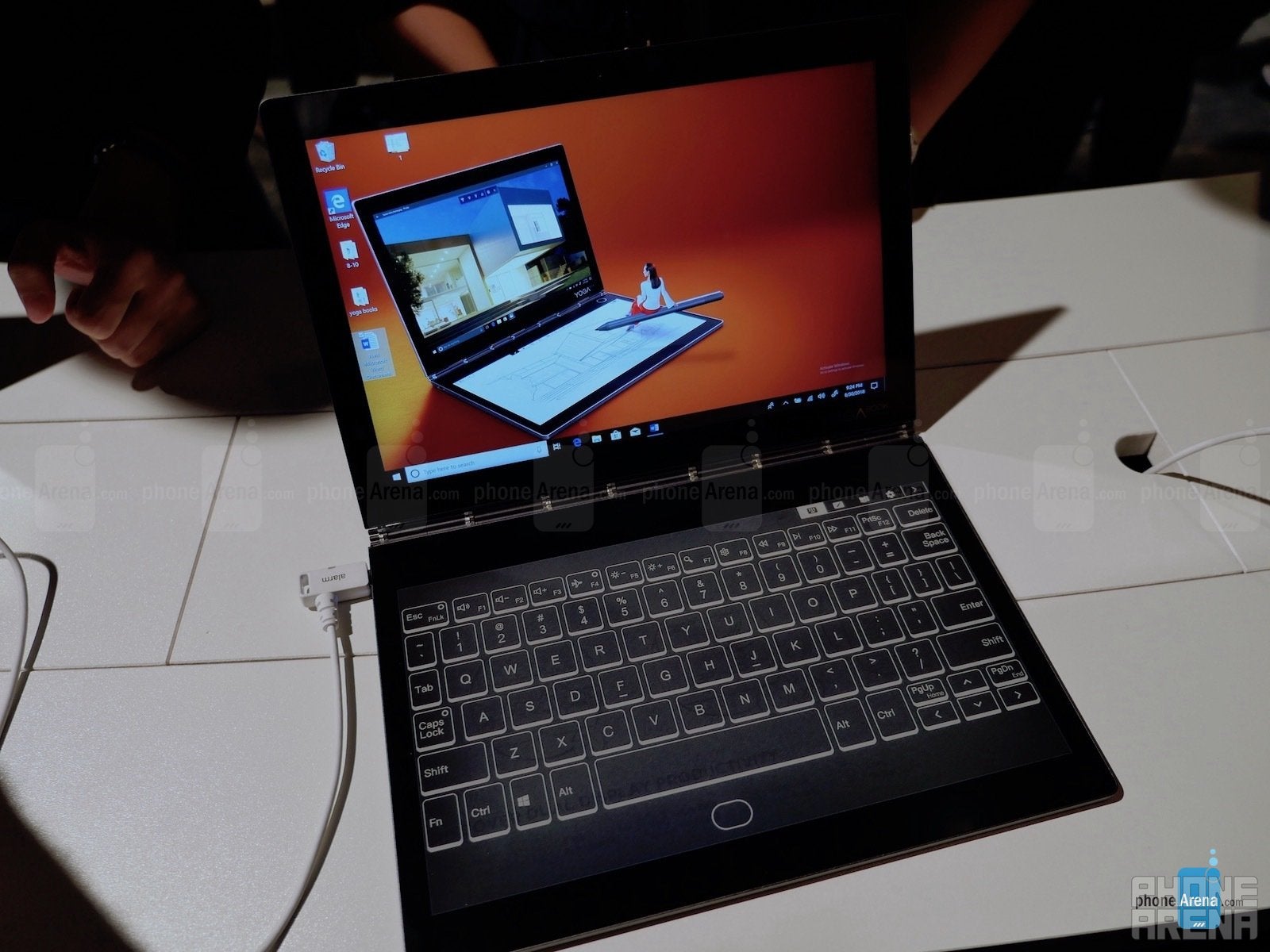
Here is the troubling part: all of these curious concepts coming together in one device might be a great idea on paper, but in reality, the units that we saw on display barely worked when it came to their most distinct features.
The e-ink screen had trouble loading one of the pre-loaded wallpapers and froze on us for a minute or so. Drawing with the included pen we sometimes had to retry a few times to get it to work and transferring the sketches to the main screen on Windows was a pain. And yes, this is a Windows machine, so it is productive and it also feels a bit clunky and unnatural using it as anything else than a desktop.
All in all, the software on the new Yoga Book seemed unfinished. We understand, these were early units that we were shown, but we really hope that Lenovo has some big updates coming to the software experience.
Design and Specs
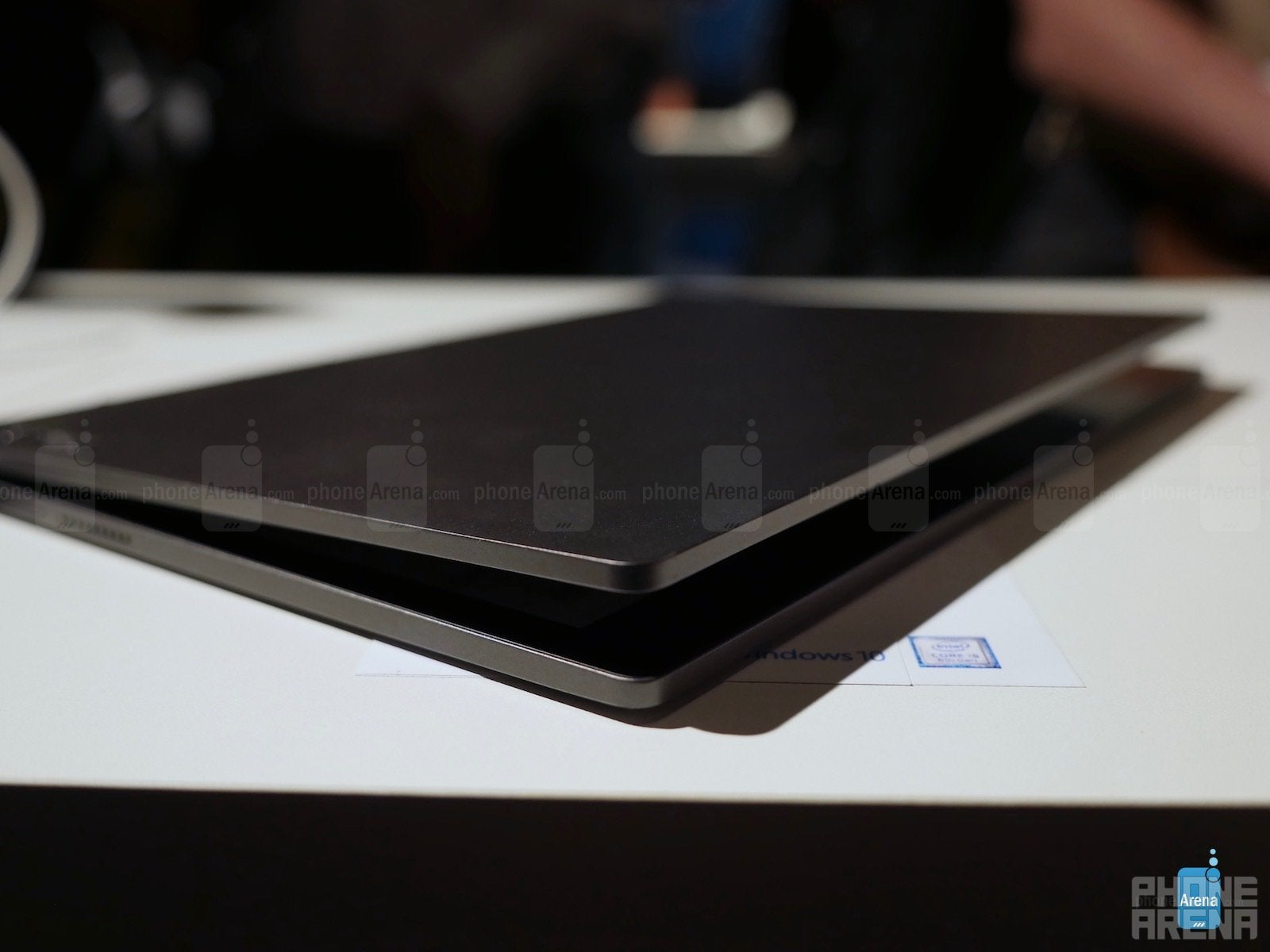
The Yoga Book remains a surprisingly slim and lightweight device. Lenovo claims it is the world's thinnest and lightest dual display laptop at less than 10mm of thickness and less than 775g of weight, but we can't think of many rivals.
It features a 10.8-inch main LCD screen with a Quad HD resolution and a secondary, 10.8" Full HD e-ink display. Under the hood, it is powered by up to a Core i5 (7th gen) processor and runs on full-blown Windows.
The Yoga Book also has a cool trick: knock it twice when it's closed and it pops open like a clamshell. This did not always work in our testing, but it was a cool gimmick nonetheless. And just to clarify, it might actually be a required gesture: opening the Yoga Book proved very hard as the two pieces are very close together!
The Yoga Book C930 has a battery that will last you up to 9 hours on a single charge and it supports Dolby Atmos sound.
Price, Release Date and Final Words
The Lenovo Yoga Book C930 does not quite feel like a mainstream device.
It is instead a mixture of features and functionalities that a geek would dream up, a device that some tech enthusiast has conjured from the depths of their imagination. And while it may not be for everyone, it might also just be the right choice for a few who want a very particular mix of features.
It also clearly has an "enthusiast"-grade price of 1,000 euro, more than a lot of very capable laptops and tablets taken alone. The Yoga Book C930 will go on sale in October and it still has a few months to fix its software shortcomings. It would better do that if it wants to do more than prove a concept.
Follow us on Google News


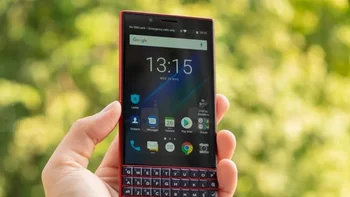








Things that are NOT allowed:
To help keep our community safe and free from spam, we apply temporary limits to newly created accounts: